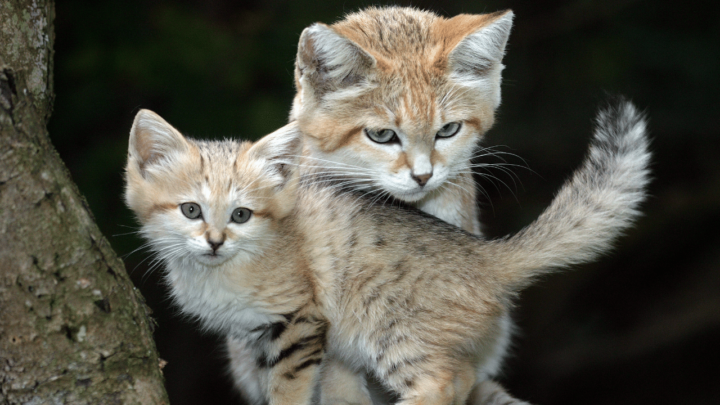What Do Sand Cats Eat? Most people don’t picture a cat when they imagine the kind of animals that might inhabit the dry conditions of a desert.
However, the sand cat is one species of feline that actually prefers the extremities of life in the hot sand, and is well adapted to the unforgiving conditions of the desert.
The question then arises. What do sand cats eat? The desert has no chickens roaming around, there’s no milk to drink, and no humans to feed them delicious cat food.
Just like their habitat, sand cats have adjusted their diet to suit the hot and water-starved natural environment of the desert. They reside fairly high on the desert food chain.
If these cats are willing to lower their standards, plenty of insects, rodents, and snakes can provide enough calories so that they can survive.
What Do Sand Cats Eat?
Sand cats eat what the harsh desert offers them. This includes everything from small insects like bugs, beetles, scorpions, and centipedes, to larger desert-dwelling creatures like rabbits, hares, and rodents. Desert cats are also expert diggers. This allows them access to lizards and spiders that bury themselves under the sand for the day. They will also hunt birds.

What Do Sand Cats Eat
The Diet of A Sand Cat
Surprisingly enough, sand cats are fearless snake hunters as well. Small desert snakes are a regular component of a sand cat’s diet, including various other reptilian species.
However, birds are hard to come by in a desert, but there are some species of small birds that sand cats can occasionally find and hunt.
Moreover, they get most of their moisture and water needs met from the meat of the animal they hunt, as availability of water is few and far between. Interestingly, they can easily survive without drinking water.
1. Small insects
Sand cats need to fulfill their nutrition requirements but where they can get them from? The answer to this is small insects. Preying on small insects is the easiest catch a sand cat could get in the vast open expanse of a desert.
There are many different insect species like moths, mantis, beetles, scorpions, and bees in the hot sandy environment that a cat can eat.
These insects offer the sand cat the easiest access to quick protein. Cats are fundamentally carnivorous and need to spend fewer calories hunting their prey than what they get from their hunt.
This is why small insects constitute a large part of a sand cat’s diet.
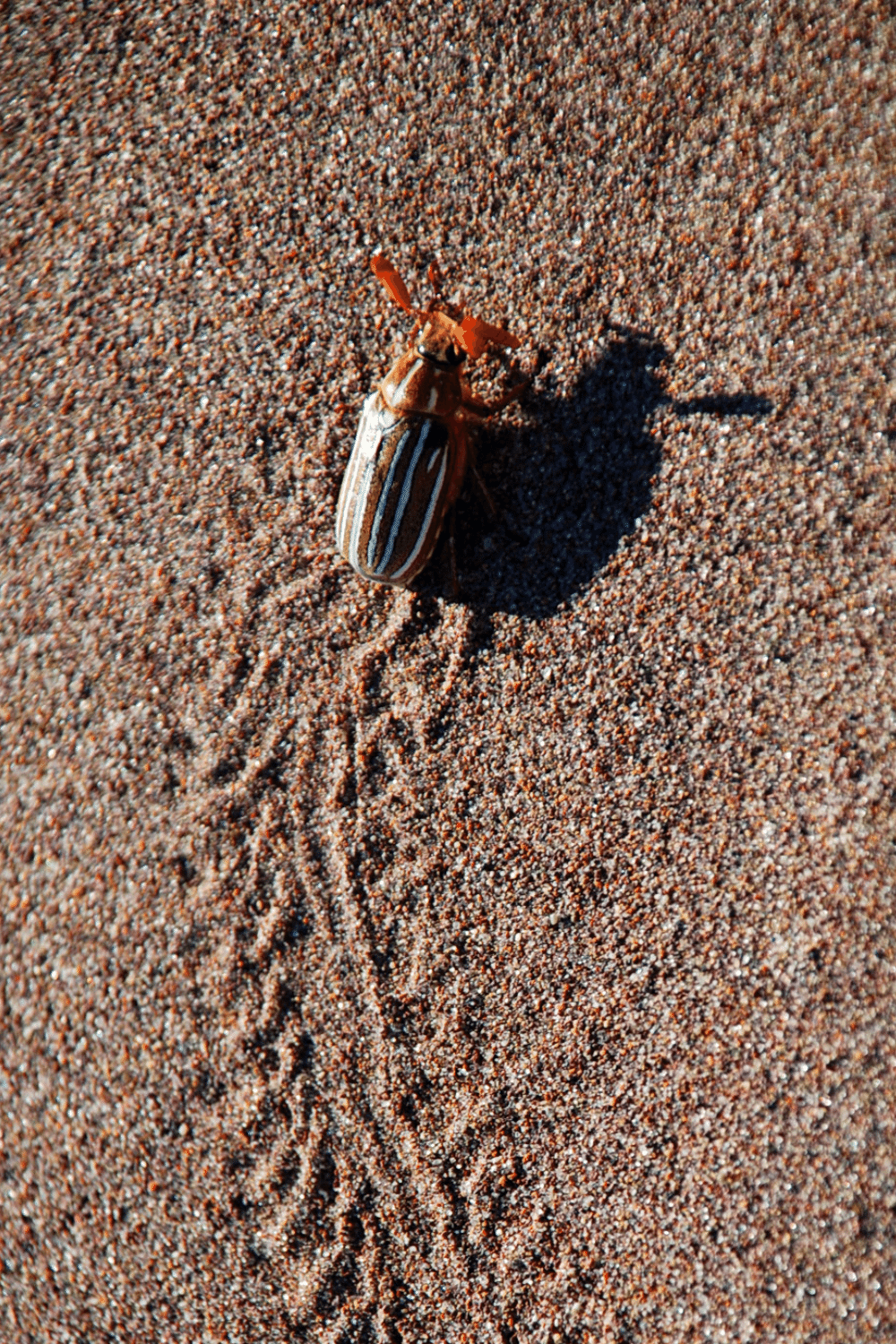
Cat Sand Eat Insects
2. Rabbits and rodents
Just like sand cats, the desert is home to species of rabbits and rodents that are adapted to the arid lifestyle of the sand.
Since the nature of all cats is similar be it in your backyard or the desert, the cats in the desert also go after and hunt smaller animals like sand rabbits and rodents like the Kangaroo Rat and the Hopping Mouse.
There are rabbits also called sand hares that are usually found in the desert areas of Asia and Africa. These animals are relatively harder to chase for the sand cat but are well worth the catch in terms of nutritional value.
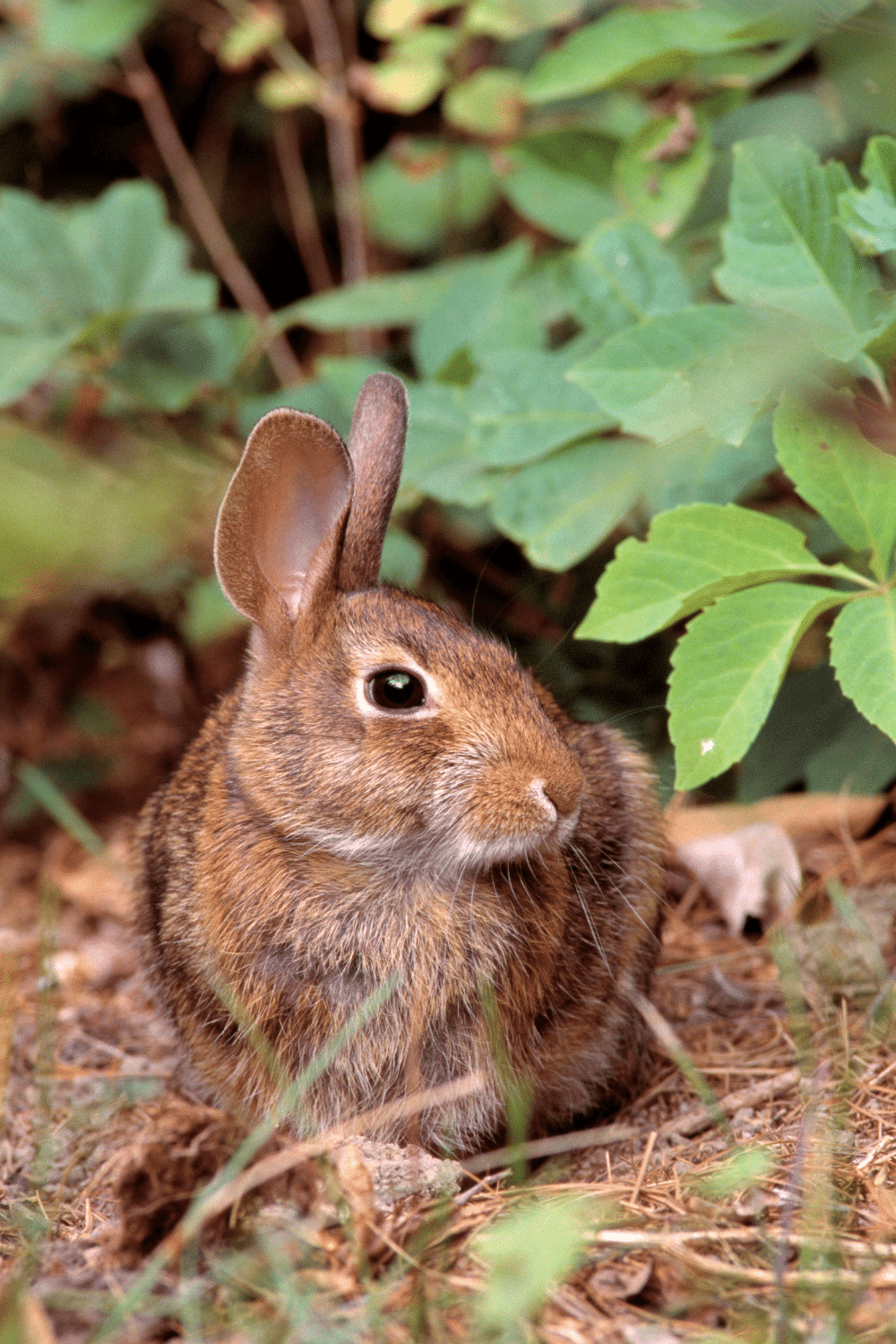
Sand Cats Eat Rabbits and Rodents
3. Birds
Small birds like sparrows, finches, flickers, and doves survive in the desert environment.
The sand cat can utilize its strength, agility, and sneakiness to catch these birds despite the lack of places to hide in the open sand.
The desert lark is the most common type of small bird available to the desert cat, even though there is substantial competition for it among other members of the desert food chain.
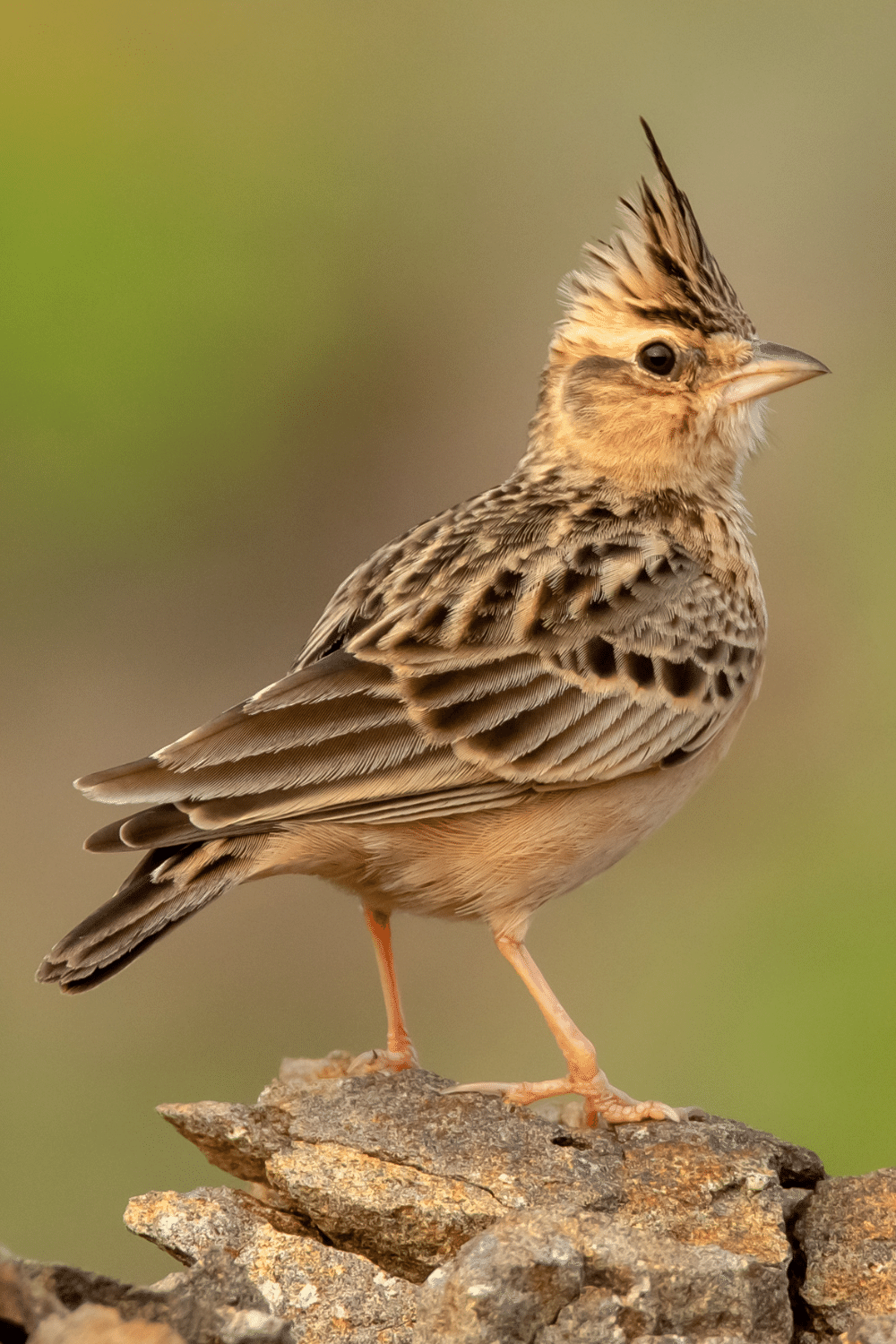
Desert Lark
4. Snakes
It might be difficult to believe, but sand cats are fearless when it comes to hunting down small desert snakes.
The harsh and desolate environment is devoid of many options for the cat. It was forced to evolve methods of hunting down the slithery venomous snake, as dangerous as that might be for the sand cat itself.
They have multiple ways of preying on snakes without being poisoned.
Moreover, sand cats can also dig through the sand if the snake attempts to bury itself or hide from the cat underneath the hot sand.
Their paws are protected from the heat of the sand by specially-evolved pads, helping them bear the hot sand and dig out the snakes.
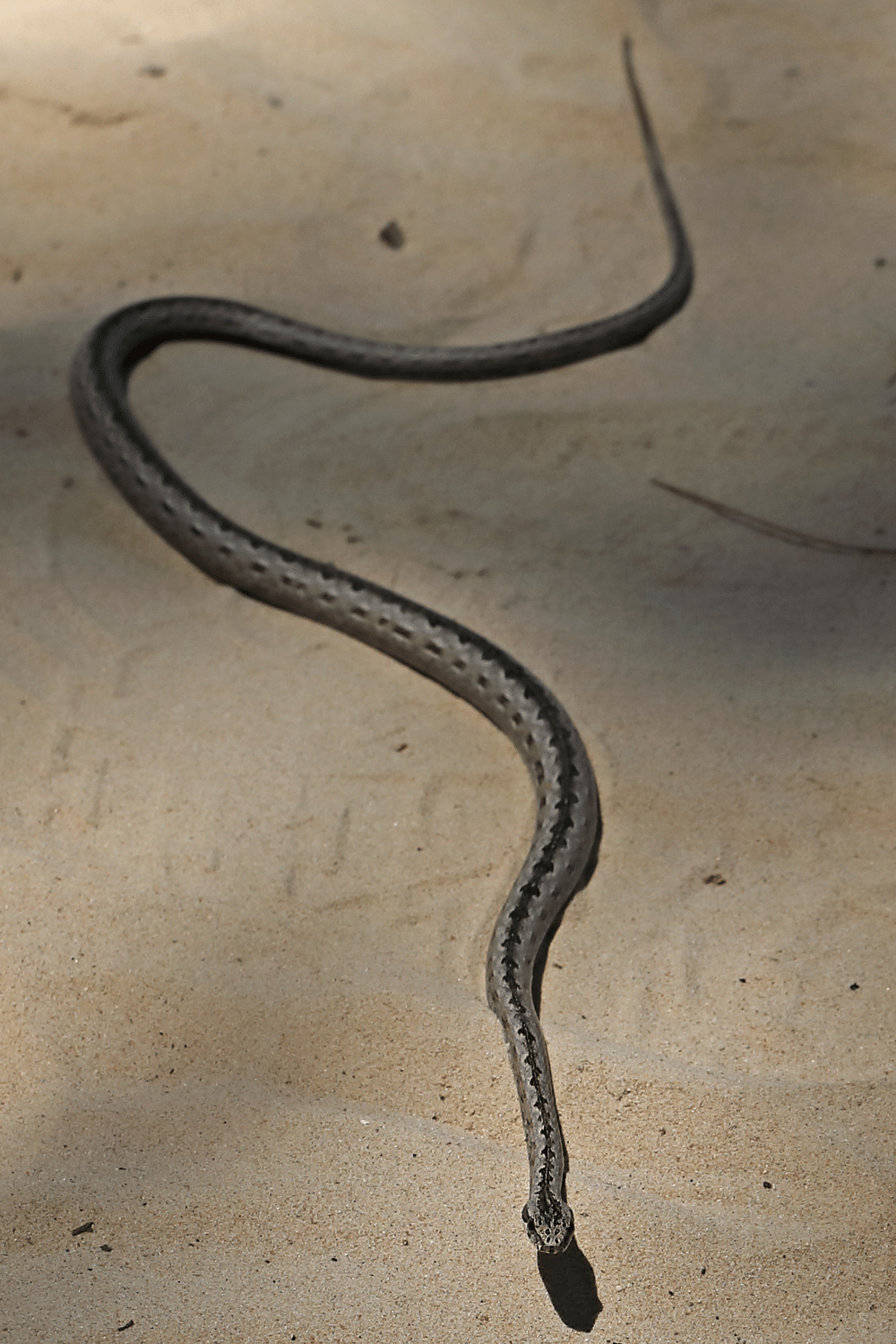
Sand Cats Eat Snakes
5. Lizards & Spiders
The desert is home to species of lizards and spiders that are small enough to be an easy catch for the sand cat. However, the cat has to be extra cautious in its attempt to make these part of its diet.
This is because many of these spiders and lizards are venomous just like snakes, such as the Brazilian Wandering Spider and Gila Monster Lizard.
That is why they need to have special hunting skills to make sure that they are not stung or bitten by their prey in the process.
In this way, they tread a thin survival line between staying hungry and being poisoned by their prey while hunting it.
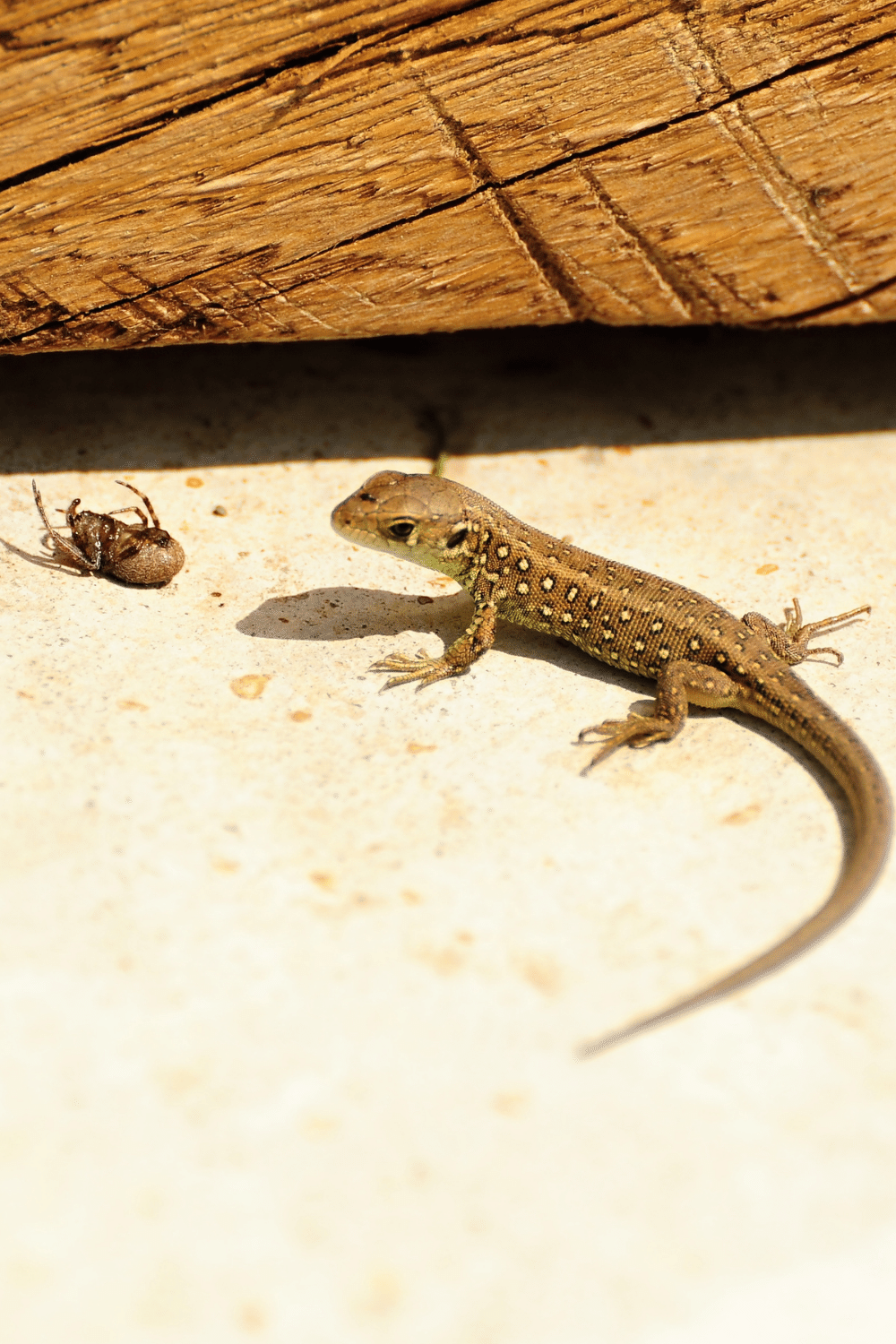
Sand Cats Eat Lizards and Spiders
Frequently Asked Questions About What Do Sand Cats Eat
1. How do sand cats meet their water requirements?
Water is scarce in the desert and sand cats mainly rely on the water from the meat of their prey to survive. They also occasionally drink the blood of their prey as a way to pacify their thirst. They can otherwise go for several days without water.
2. How do sand cats eat snakes without being poisoned?
Sand cats have evolved an understanding of the safest ways to kill a snake. They are also aware of which part of a desert snake is safe to eat. However, that is not to say that this always works. These cats can often become the prey themselves if the snake can outmaneuver and poison them.
Conclusion About What Do Sand Cats Eat
The open desert sand is an extremely harsh environment to survive. Sand cats have very few options for hunting prey and feeding themselves.
However, they have evolved and adapted to the arid and hot sandy habitat. They can hunt desert-dwelling spiders, snakes, birds, and insects to ensure a minimum level of caloric intake to survive.

